Deep Vein Thrombosis (DVT) - Uncovering the Symptoms and Treatment
Sept. 22, 2023 #Hypertension
Chronic Deep Vein Thrombosis (DVT) - Overview
Chronic deep vein thrombosis (DVT) is a condition where blood clots form in deep veins in the body, mostly in the legs. Since these clots are in the deep veins, the symptoms of DVT go unnoticed for long periods of time.
There are certain medical conditions that cause clots in the deep veins and especially when a person is stationary for a long time, Examples could be being bed-ridden after a surgery or accident, for an extended period of time. Another example could be when you travel in a fixed position for a long time.
Common symptoms of chronic DVT include pain, swelling and redness in the affected area, which may worsen with prolonged sitting or standing. If left untreated, chronic DVT can lead to serious complications such as pulmonary embolism or post-thrombotic syndrome.
Risk factors of DVT
- Lack of movement: When the legs don't move for a long time, such as a driving a car or flying aboard a plane, for several hours at a stretch.
- Injury or surgery: The risk is high when somebody is bed-ridden after a major surgery or an accident.
- Pregnancy: The pressure in the veins in the pelvic region and legs, increases during pregnancy and therefore the risk for clotting is high.
- Contraceptives: Birth control pills or other hormone replacement therapy are also risk factors for clots.
- Obesity: Being overweight is another risk factor.
- Smoking: Smoking is another risk factor for clots forming in the veins.
Complications of Chronic DVT
Chronic DVT can lead to serious complications if left untreated. Two common complications associated with chronic DVT are pulmonary embolism and post-thrombotic syndrome.
Pulmonary Embolism
Pulmonary embolism occurs when a blood clot detaches from the deep veins in the legs and blocks the blood flow in the lungs. This can be life-threatening and presents symptoms such as difficulty breathing, chest pain, and coughing up blood.
Post-Thrombotic Syndrome
Post-thrombotic syndrome is a condition characterized by chronic pain, swelling and ulcers in the affected area. The damage caused by blood clots can lead to long-term complications, affecting the quality of life.
It is important to be aware of these complications and seek medical attention if any symptoms arise, as early diagnosis and treatment can prevent further complications.
Treatment for chronic DVT involves a combination of medication and lifestyle changes that reduce the risk of future clotting events.
Treatment for Chronic DVT
Treatment for chronic DVT involves a combination of medical intervention and lifestyle changes.
Anticoagulant Medications
Anticoagulant medications, also known as blood thinners, are prescribed to prevent further clot formation.
Compression Stockings
Compression stockings apply pressure to the legs, improving blood flow and reducing swelling. They alleviate symptoms like pain and swelling associated with chronic DVT.
Lifestyle Changes
Lifestyle changes play a crucial role in managing chronic DVT. Regular exercise improves blood circulation, maintaining a healthy weight reduces strain on veins, avoiding prolonged sitting or standing prevents clot formation, and quitting smoking improves vascular health.
Following the recommended treatment plan and communicating regularly with healthcare providers is essential for effective management of chronic DVT.
Prevention of Chronic DVT
Preventing chronic DVT involves maintaining a healthy lifestyle and minimizing risk factors.
Preventive Measures
To reduce the risk of developing chronic DVT, it is important to maintain a healthy lifestyle, stay active, practice proper body mechanics, quit smoking and take prescribed medications if necessary.
By adopting these preventive measures, individuals can reduce their risk of chronic DVT and promote better long-term vascular health.

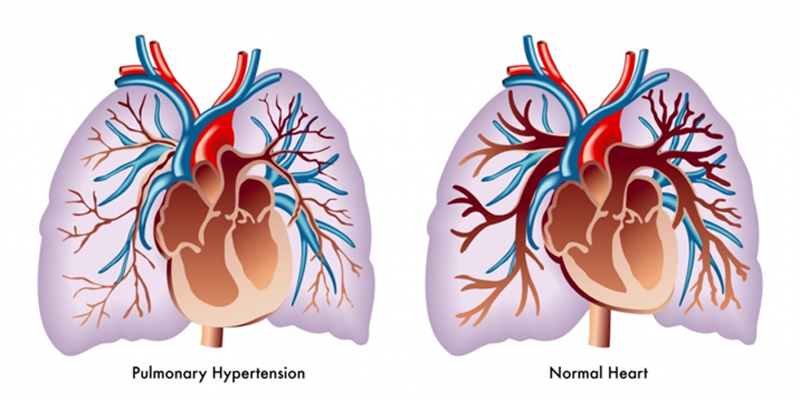
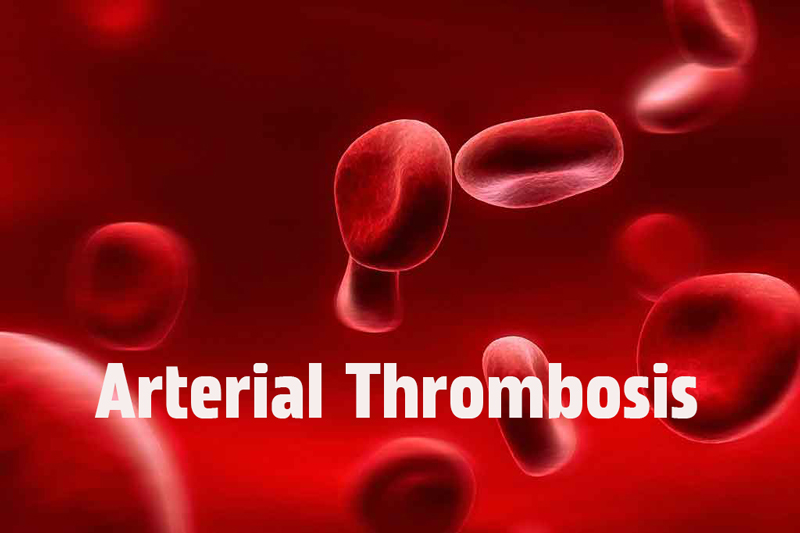
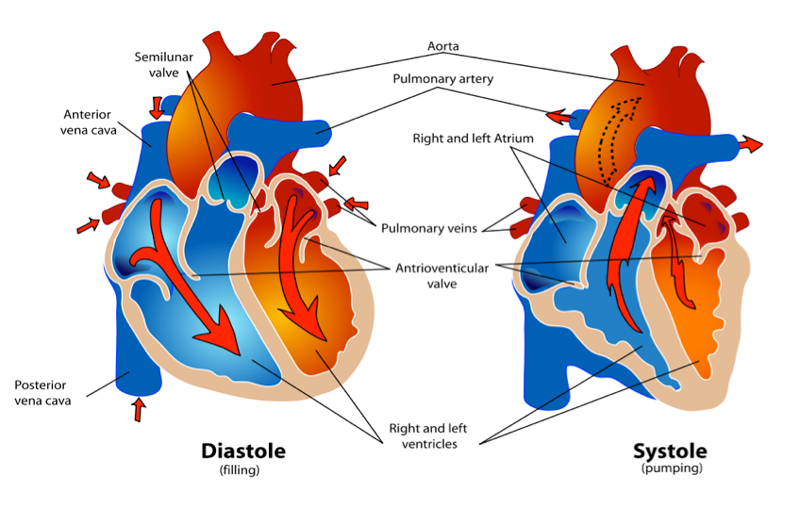

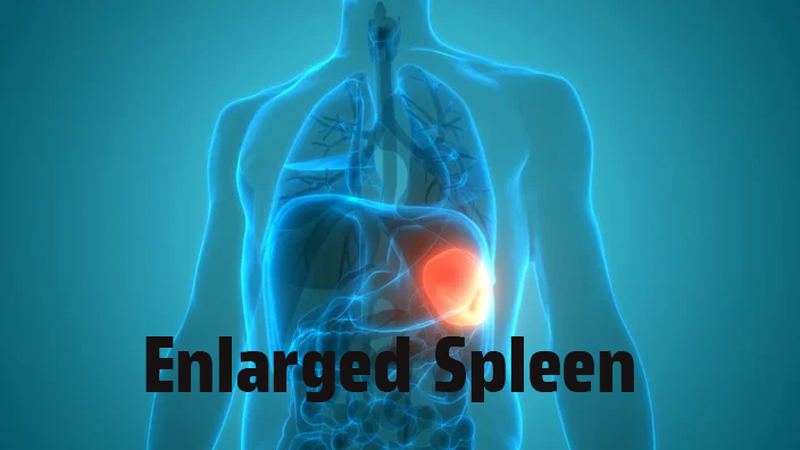



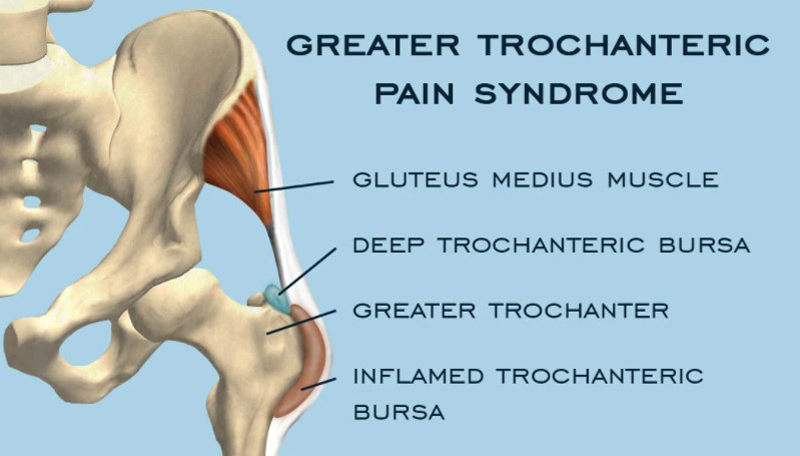
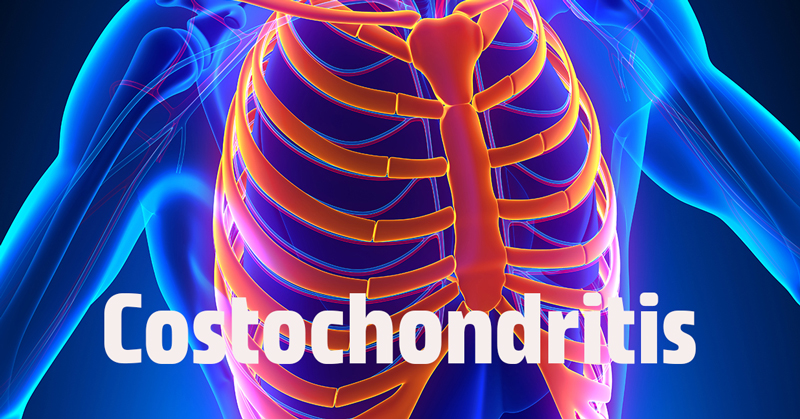
COMMENTS